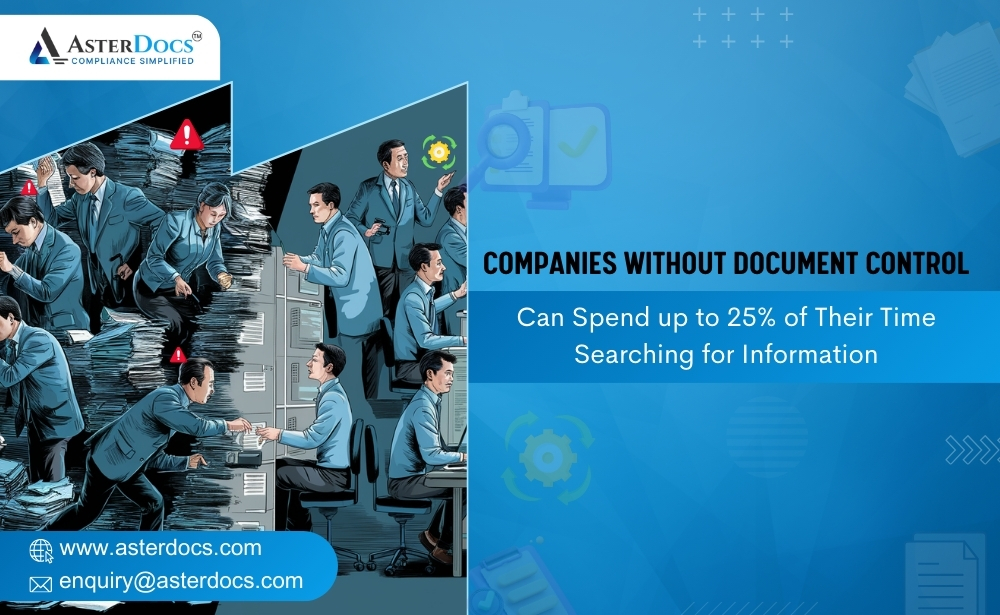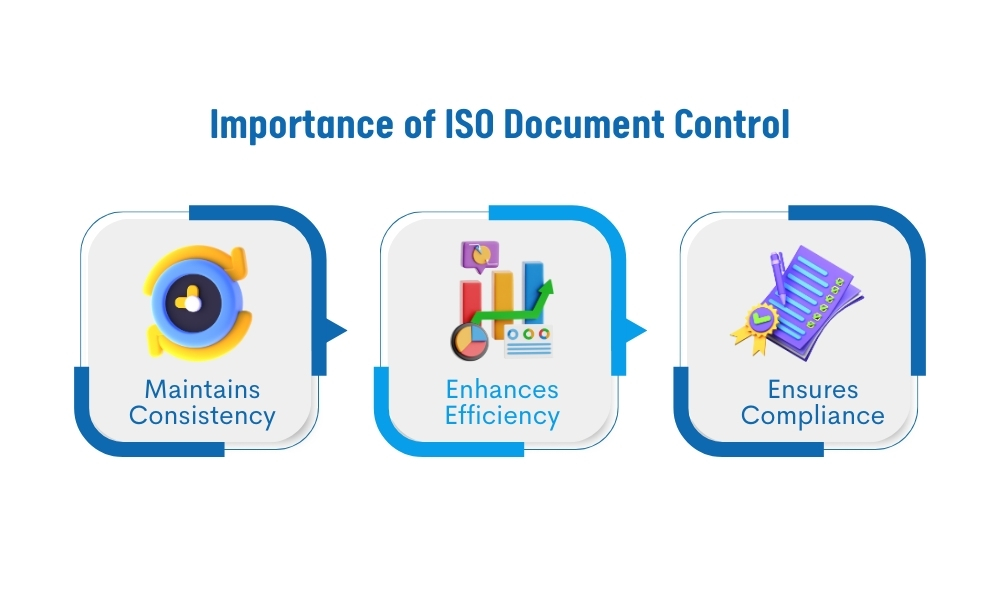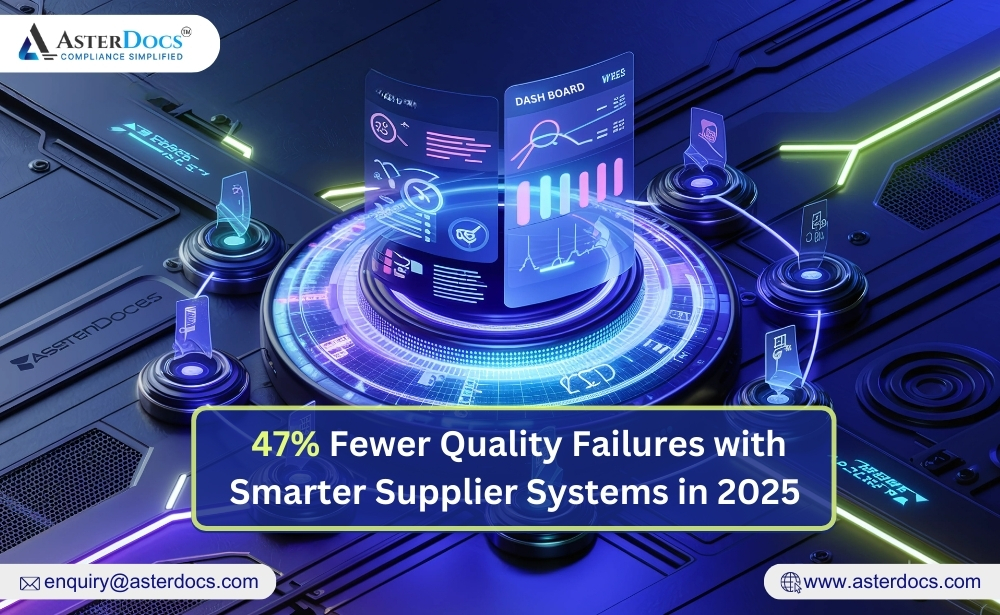Ever wonder what happens when you are in the middle of an audit and the auditor requests a specific version of an important document? Your heart races as you realize there are several versions floating around, and you have no idea which is the most recent. Sounds like a nightmare, right? This happens to a lot of businesses. The major issue is poor document control.
The crucial part of quality management is document control. It is a must-have, not a luxury. Without a robust system, you’re risking non-compliance, inefficiencies, and potentially hefty fines. So, how can you avoid this chaos?
Let’s take a closer look at ISO document control and regulatory compliance first.
What is ISO Document Control?
ISO (International Organization for Standardization) sets the bar for quality, safety, and efficiency across various industries. When we talk about ISO document control, we’re referring to the methods and procedures used to manage documents in accordance with these standards. This ensures that every piece of documentation is accurate, up-to-date, and easily accessible.
Why is it Important?
Think of ISO document control as the backbone of your organization’s quality management system. Proper document control helps in:
- Maintaining Consistency: Ensuring that all documents are consistent and standardized across the organization.
- Enhancing Efficiency: Streamlining the document management process to save time and reduce errors.
- Ensuring Compliance: Making sure that all documents meet regulatory requirements, which can vary by industry and region.
Understanding Regulatory Compliance
Regulatory compliance refers to adhering to laws, regulations, guidelines, and specifications relevant to your business. Non-compliance can result in hefty fines, legal issues, and damage to your company’s reputation.
Key Regulations to Know
- GDPR (General Data Protection Regulation): Protects personal data and privacy in the EU.
- HIPAA (Health Insurance Portability and Accountability Act): Ensures the protection of health information in the U.S.
- FDA Regulations: Covers the safety and efficacy of food, nutraceuticals, pharmaceuticals, and medical devices in the U.S.
Bridging the Gap Between ISO Document Control and Regulatory Compliance
Now that we’ve got the basics down, let’s talk about how ISO document control and regulatory compliance go hand in hand.
Document Control Systems
A robust document control system is essential for maintaining compliance. Here’s why:
- Traceability: You can track changes to documents, who made them, and when.
- Version Control: This ensures that everyone is using the most current version of a document.
- Access Control: Restricts access to sensitive documents to authorized personnel only.
Tips for Ensuring Compliance
- Regular Audits: Conduct regular internal audits to ensure that all documents meet ISO standards and regulatory requirements.
- Training: Ensure that all employees are trained in document control procedures and understand the importance of compliance.
- Automation: Use automated document management systems to reduce the risk of human error and streamline the compliance process.
Real-World Application
Imagine that you’re managing a nutraceutical company. You need to comply with FDA regulations while adhering to ISO standards for food safety management. By implementing a robust document control system, you can ensure that all ingredient sourcing records, production logs, and quality assurance documents are accurate, up-to-date, and compliant with both ISO and FDA requirements. This not only streamlines your operations but also ensures the safety and reliability of your products, building trust with your customers.
Conclusion
It may be difficult to navigate the world of document management and regulatory compliance, but you can make sure your company satisfies the highest standards by putting the appropriate ISO document control procedures and systems in place. Regular audits, proper training, and leveraging automation are key to staying compliant.
Speaking of automation, if you’re looking for a solution to streamline your document management and compliance regulations, check out AsterDocs. It might just be the tool you need to make your compliance journey a whole lot easier.















